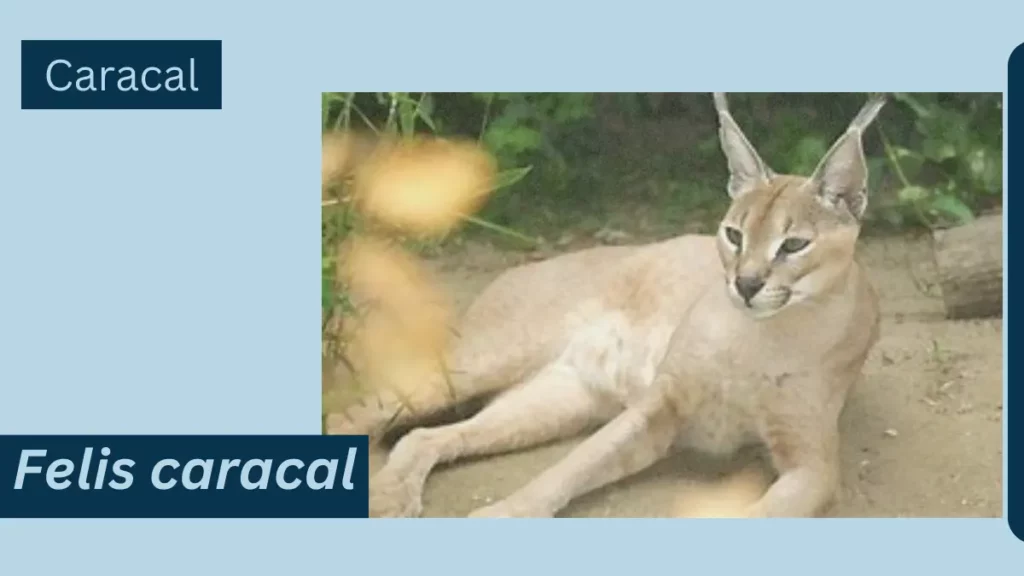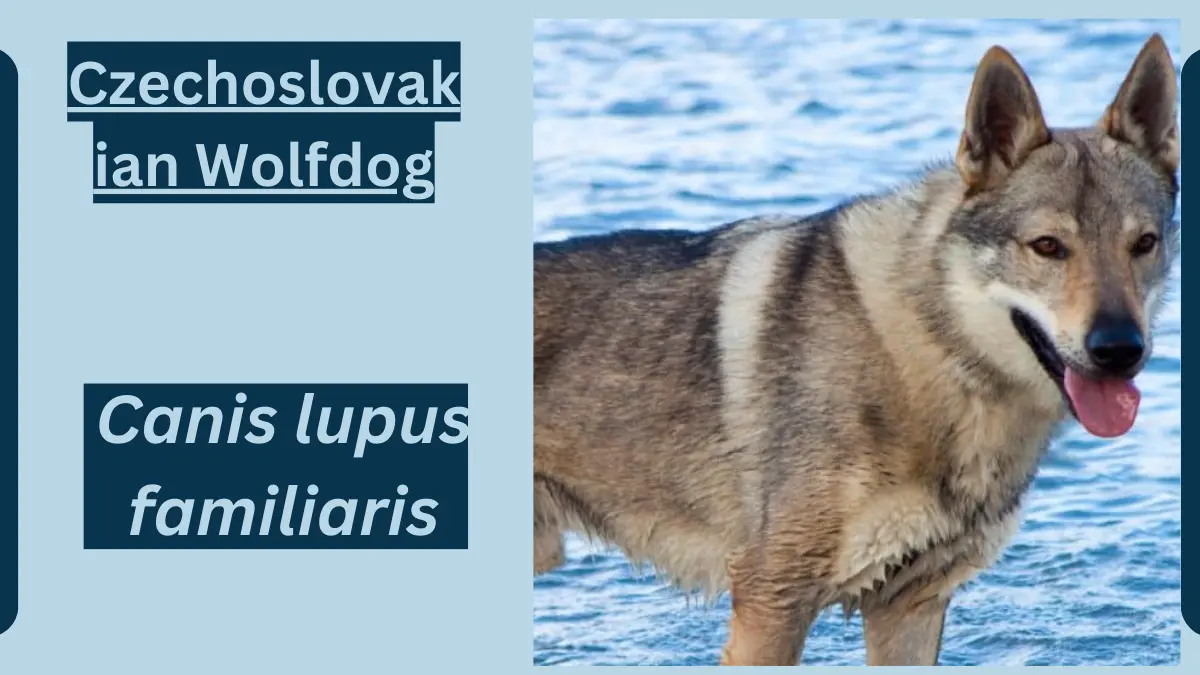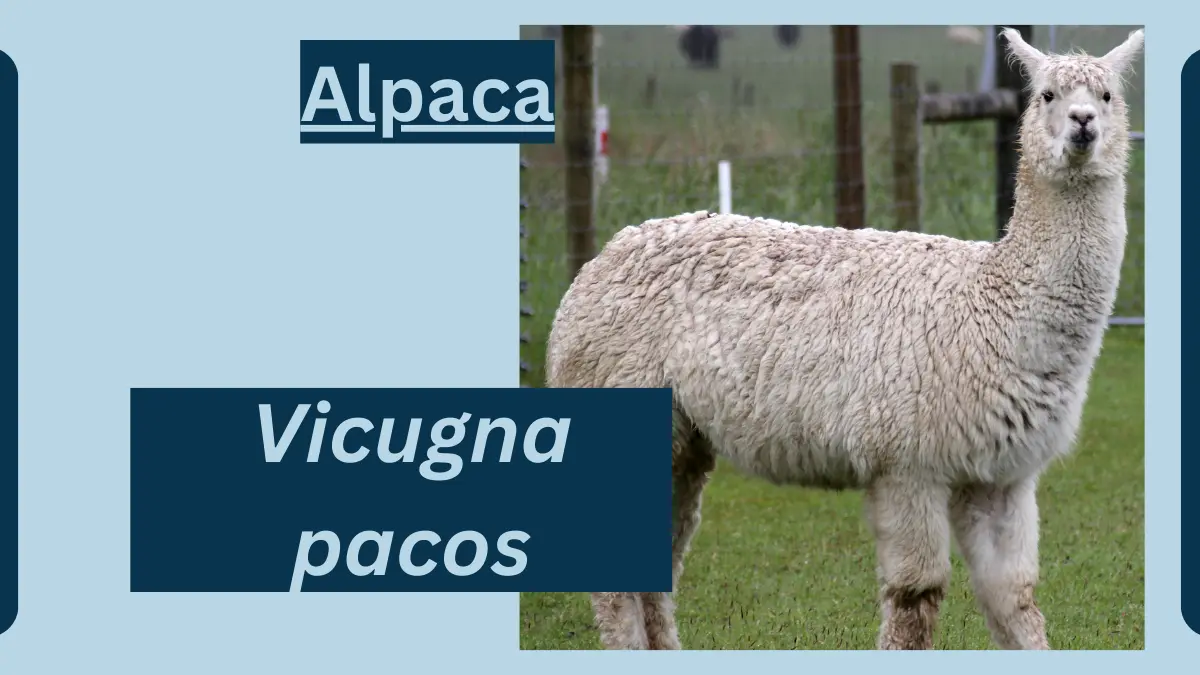Caracal Animal Facts | Felis caracal
October 22, 2023
The Caracal is a medium-sized wild cat species known for its striking appearance, impressive hunting abilities, and solitary nature.

Caracal
Here’s some information about the Caracal:
| Scientific Classification | Kingdom: Animalia |
| Phylum: Chordata | |
| Class: Mammalia | |
| Order: Carnivora | |
| Family: Felidae | |
| Genus: Caracal | |
| Species: Caracal caracal | |
| Physical Appearance | Size: Caracals are medium-sized cats, typically weighing between 18 to 40 pounds (8 to 18 kilograms) and standing about 16 to 20 inches (40 to 50 centimeters) at the shoulder. |
| Coat: They have short, dense fur that is typically a reddish-brown to sandy-yellow color, with distinctive black ear tufts and facial markings. | |
| Range and Habitat | Caracals are found in various regions of Africa and parts of Asia. They inhabit a range of habitats, from savannas and deserts to forests. |
| Behavior and Lifestyle | Solitary and Nocturnal: Caracals are solitary animals, mainly active during the night. |
| Agile and Athletic: They are known for their agility and incredible jumping abilities, which help them catch prey. | |
| Reproduction and Life Cycles | Breeding: Caracals reproduce year-round, and females give birth to litters of 1 to 6 kittens after a gestation period of about 78 to 81 days. |
| Diet and Prey | Caracals are skilled hunters and primarily prey on small to medium-sized animals such as rodents, birds, and even small antelope. |
| Predators and Threats | While they don’t have natural predators, Caracals face threats from habitat loss, hunting, and conflicts with humans when they prey on livestock. |
| Interesting Facts and Features | Ear Tufts: Their black ear tufts are a distinctive feature that gives them their name, as “caracal” means “black ears” in Turkish. |
| Leaping Ability: Caracals are known for their ability to leap great heights and catch birds in mid-air. | |
| Relationship with Humans | Caracals are typically shy and elusive, avoiding contact with humans. They are sometimes kept as exotic pets but require special care and are illegal to own in some places. |
| Conservation Status and Life Today | Caracals are not considered endangered, but their populations are declining in some regions due to habitat loss and hunting. Conservation efforts are in place to protect these magnificent cats. |
File Under:







Leave a Reply